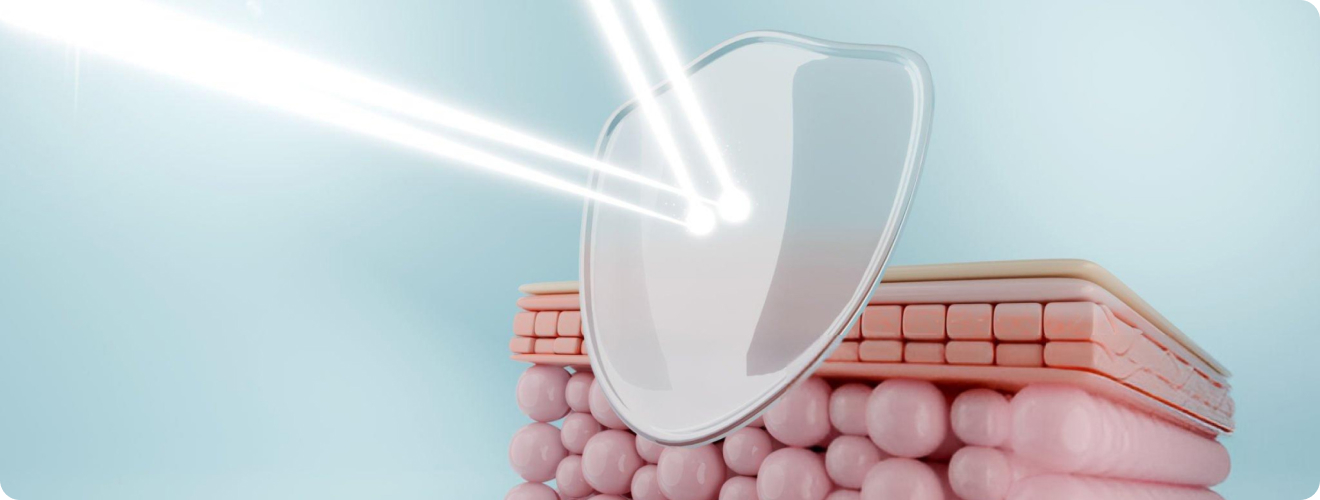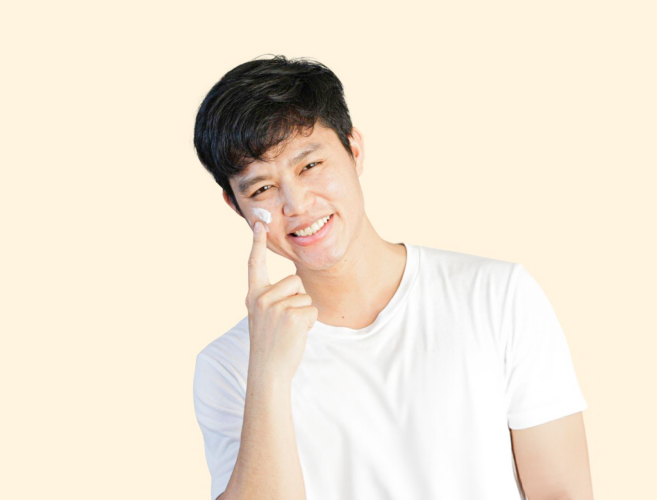


The sun, a life-giving star, is essential for our planet’s ecosystems and even plays a role in human health, notably in Vitamin D synthesis. However, its powerful ultraviolet (UV) radiation poses a significant, often underestimated, threat to our skin. While a sun-kissed glow might be aesthetically pleasing in the short term, prolonged and unprotected exposure to the sun’s rays can lead to severe health consequences, most notably skin cancer, and accelerate the visible signs of ageing.
In this article, let’s understand why sun protection is not merely a cosmetic choice but a fundamental aspect of comprehensive health and aesthetic preservation.
Ultraviolet (UV) radiation is a form of electromagnetic radiation emitted by the sun. There are three main types:
Both UVA and UVB rays are harmful and can damage skin cells, leading to changes in DNA that increase the risk of cancer and contribute to visible skin damage.
Skin cancer is the most common form of cancer worldwide including in Malaysia, and its incidence continues to rise. The vast majority of cases are directly linked to overexposure to UV radiation. There are three primary types:
Consistent sun protection dramatically reduces the risk of developing all types of skin cancer. Each sunburn, especially during childhood, increases an individual’s lifetime risk.
Beyond the critical health imperative, sun protection is the single most effective strategy for maintaining youthful and healthy-looking skin. The sun’s UV rays are the primary external factor responsible for photo-ageing, a process of premature skin ageing. This differs from chronological ageing, as photo-ageing leads to distinct visible changes:
By diligently protecting your skin from the sun, you can significantly slow down these visible signs of ageing, preserving a smoother, more even-toned, and youthful complexion for much longer.
Implementing effective sun protection doesn’t mean avoiding the sun entirely, but rather engaging with it safely and intelligently:
Several common myths often hinder effective sun protection. Firstly, the belief that one “can’t get burned on a cloudy day” is false, as up to 80% of UV rays can penetrate cloud cover. Secondly, the idea that “tanning is healthy” is misleading; a tan is an indicator of skin damage, and there is no such thing as a “healthy” tan achieved through UV exposure. Finally, the notion of only needing “sunscreen on holiday” is incorrect, as UV exposure is cumulative, and even daily, incidental exposure adds up, with significant UV levels present.

The role of sun protection extends far beyond a simple aesthetic preference; it is a non-negotiable habit for both vital health and the long-term preservation of skin aesthetics. By understanding the damaging effects of UV radiation, recognising the serious risks of skin cancer, and appreciating the impact on premature ageing, individuals can make informed choices.
Embracing a comprehensive approach to sun protection – through diligent sunscreen use, protective clothing, seeking shade, and debunking pervasive myths – empowers us to enjoy the benefits of the outdoors safely. Prioritising sun protection today is an investment in a healthier, more radiant future, safeguarding both our well-being and our skin’s enduring beauty.
Sources:
Spread the love, follow us on our social media channels